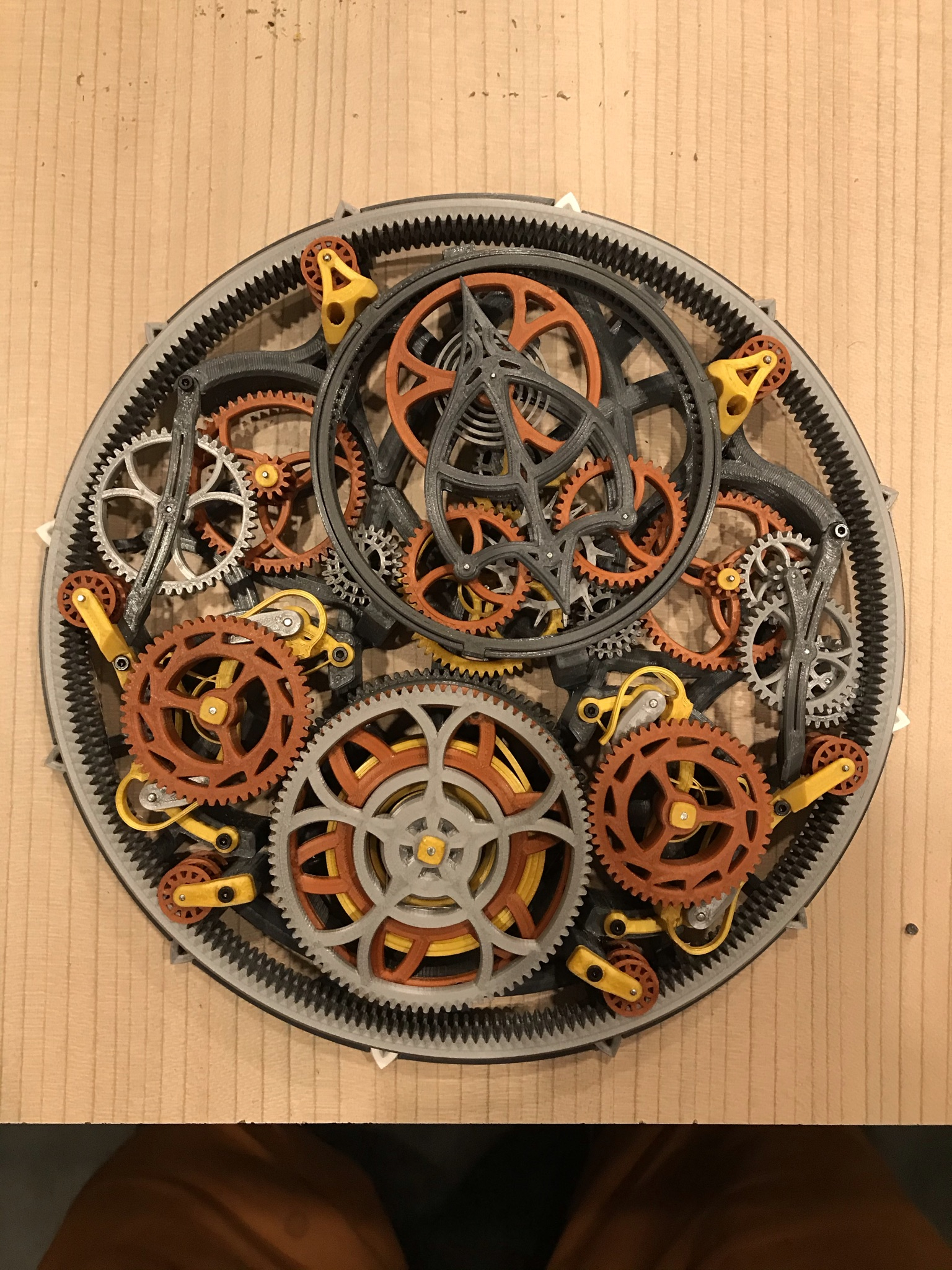
Even today, the understanding of the dynamics of linkages under impact, friction, and other realistic effects, is incomplete. As will be seen, this process was remarkably successful despite being based on only an intuitive understanding of physics and mechanical engineering principles. In this article, I consider the advances this escapement design made possible and then describe how horologists improved on this escapement in subsequent designs.īefore continuing, it is important to stress that the development of the escapement by generations of horologists was largely an empirical trial-and-error process. Its application catalyzed a rapid succession in clock and watch escapement designs over the next 50 years that revolutionized timekeeping. Although there is argument as to who invented the anchor escapement, Robert Hooke or William Clement, credit is generally given to Hooke. The first anchor escapement used in a mechanical clock was designed and applied by Robert Hooke (1635-1703) around 1657, in London. The escapement is a feedback regulator that controls the speed of a mechanical clock.
#MECHANICAL CLOCK 3D PRINTED DOWNLOAD#
You can download this magazine article to read off line as a free EBOOK. (A clock that, by natural motions alone, indicates regularly equal divisions of time.) Thoughts on urban mobility services, digital cartography and data visualisation.Horologium, solo naturae motu, atque ingenio, dimetiens, et numerans momenta temporis, constantissime aequalia. Mainly Based on my Lectures on Models, Complexity, and Smart Cities at ASU, CUHK, CUSP at NYU, Ritsumeikan, SUFE-Shanghai, Tel Aviv, and UCL, with blogging odds and ends thrown in for good measureĪttempting scientific and mathematical programming in Python.īecause “social physicist” is not an oxymoron.Īll the new curated posts for the topic: Spatial Analysis Showcasing land use transport modelling, urban complexity and sustainability research from the Centre for Advanced Spatial Analysis, University College London UCL QASER Lab & CASA Research Associate, University College London Quantitative Methods Research Group (QMRG) – Royal Geographical Society with IBG.Quantitative Teaching, Research and Outreach in Geography Research: questioning, inquiring, seeking, searching and scrutinising

of fluid dynamics, researcher of complexity theory and all round bad-ass. Promoting population geography, supporting population geographersĭr. GIScience, Citizen Science & Environmental Information Po Ve Sham – Muki Haklay's personal blog.Professor of Geographic Information Science, University College London Output Area Classification User Group – OAC.This is a research site focused around my interests in Geographical Information Science (GIS) and Agent-Based Modeling (ABM).
#MECHANICAL CLOCK 3D PRINTED SOFTWARE#
GIS, software development, and other snippets

Urban Planning and the future of the city To cite the project or websites, please use: Oliver O’Brien & James Cheshire (2016) Interactive mapping for large, open demographic data sets using familiar geographical fe Why economics should be about observing and understanding the economy, duh.ĭataShine is an output of the ESRC BODMAS project which ran from 2013-2015 at UCL.

Urban visualisation and spatial analysis research blog by Duncan A Smith



 0 kommentar(er)
0 kommentar(er)
